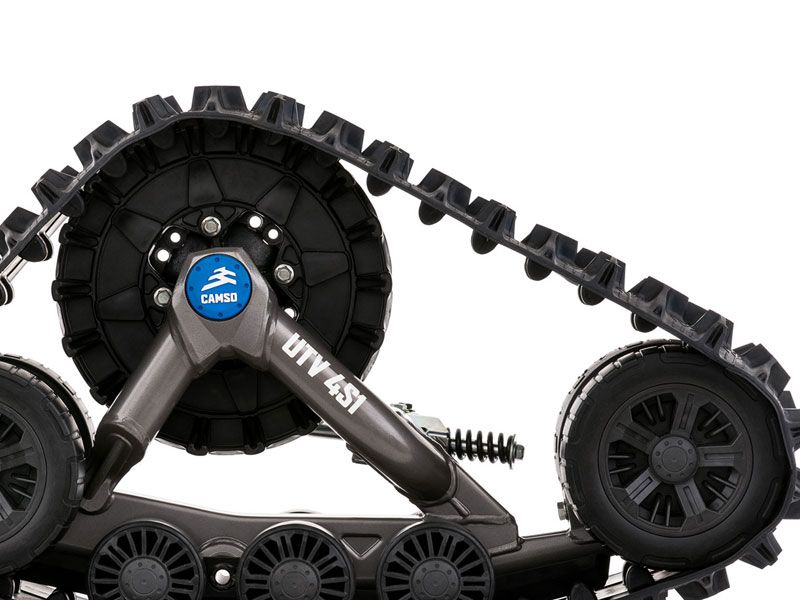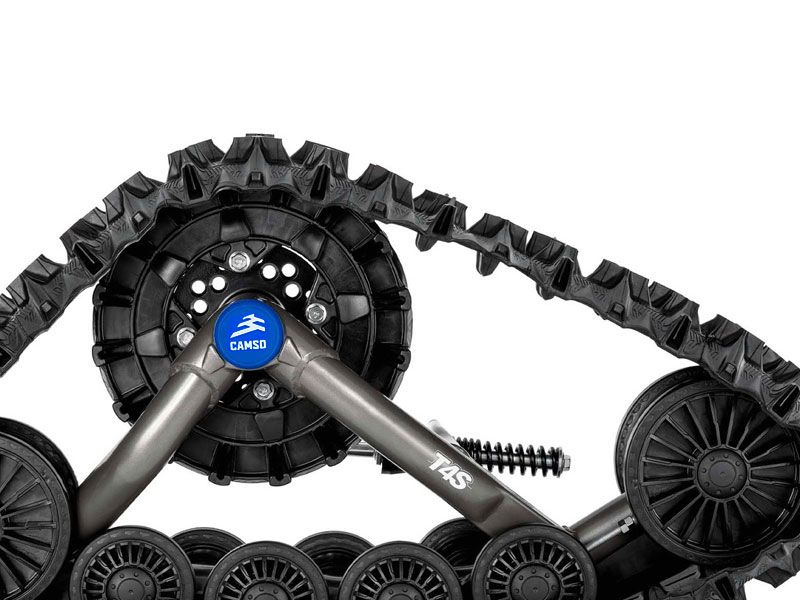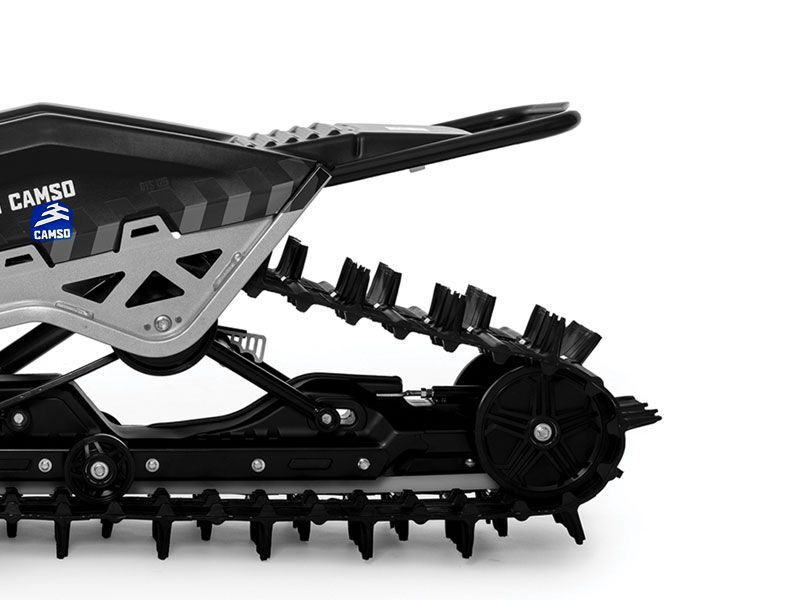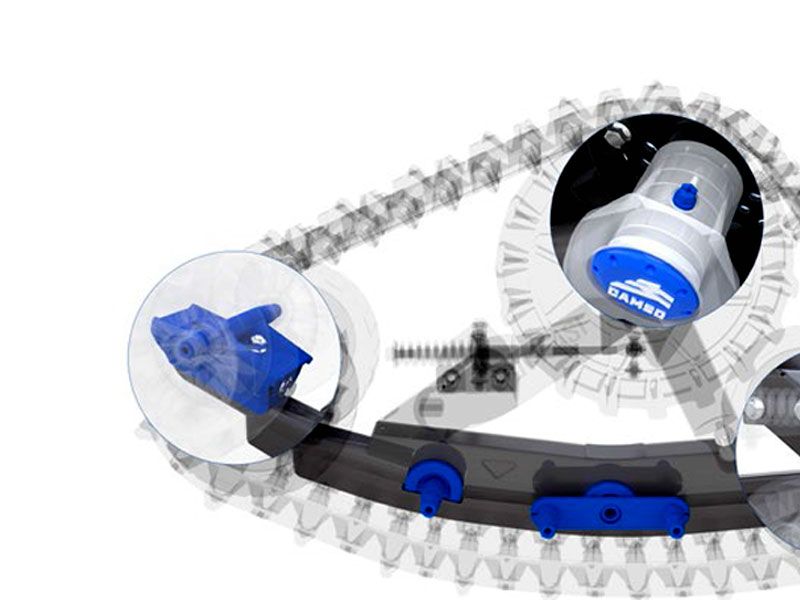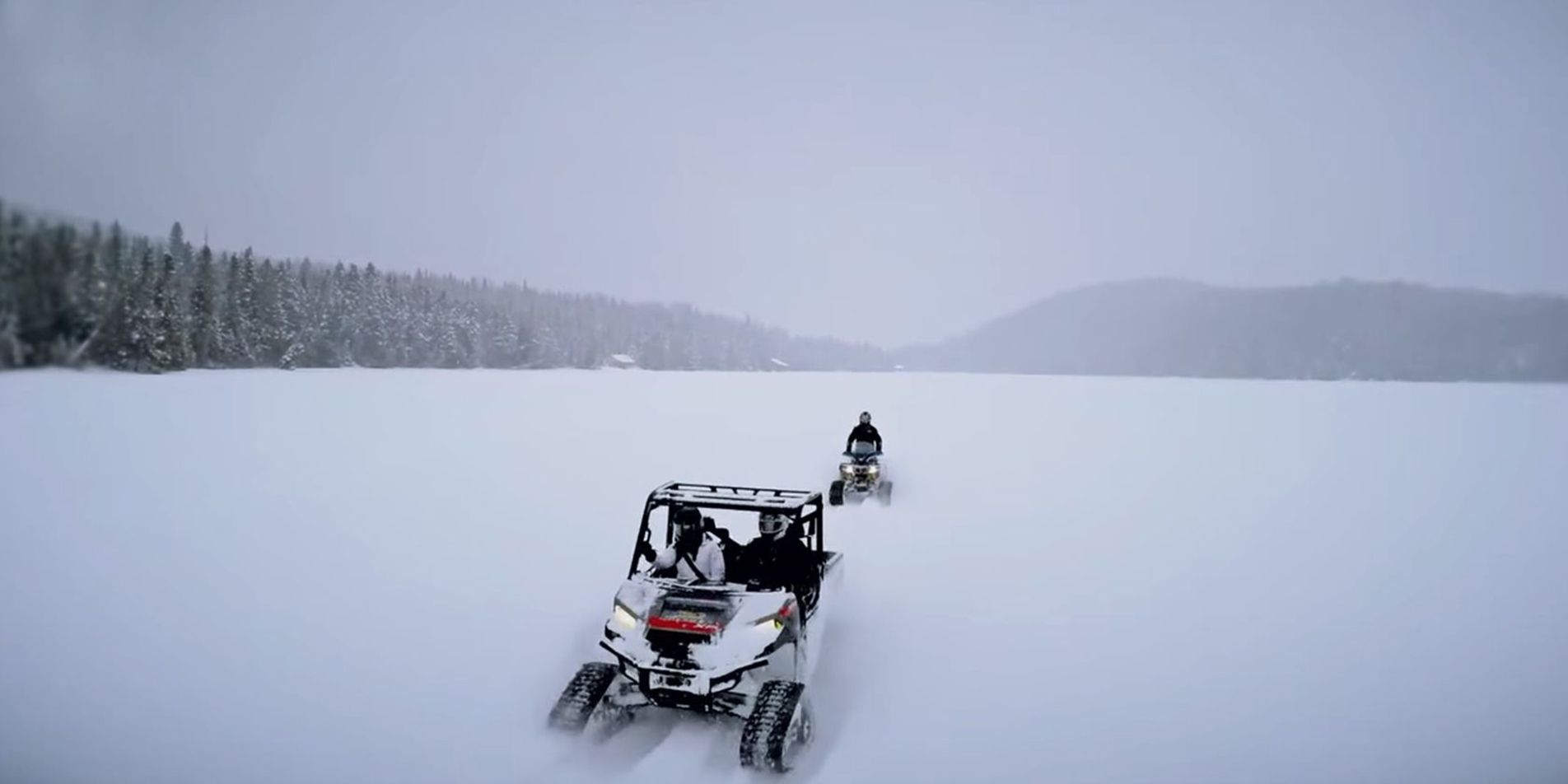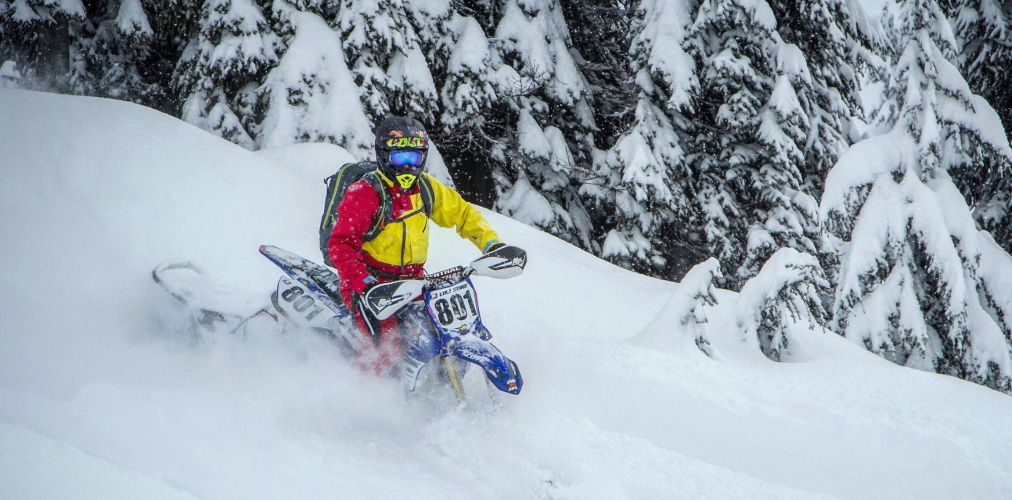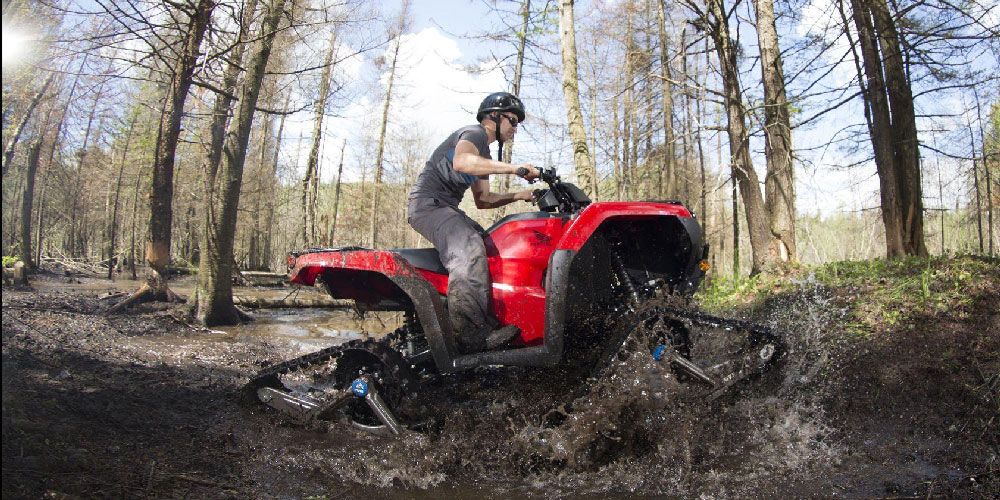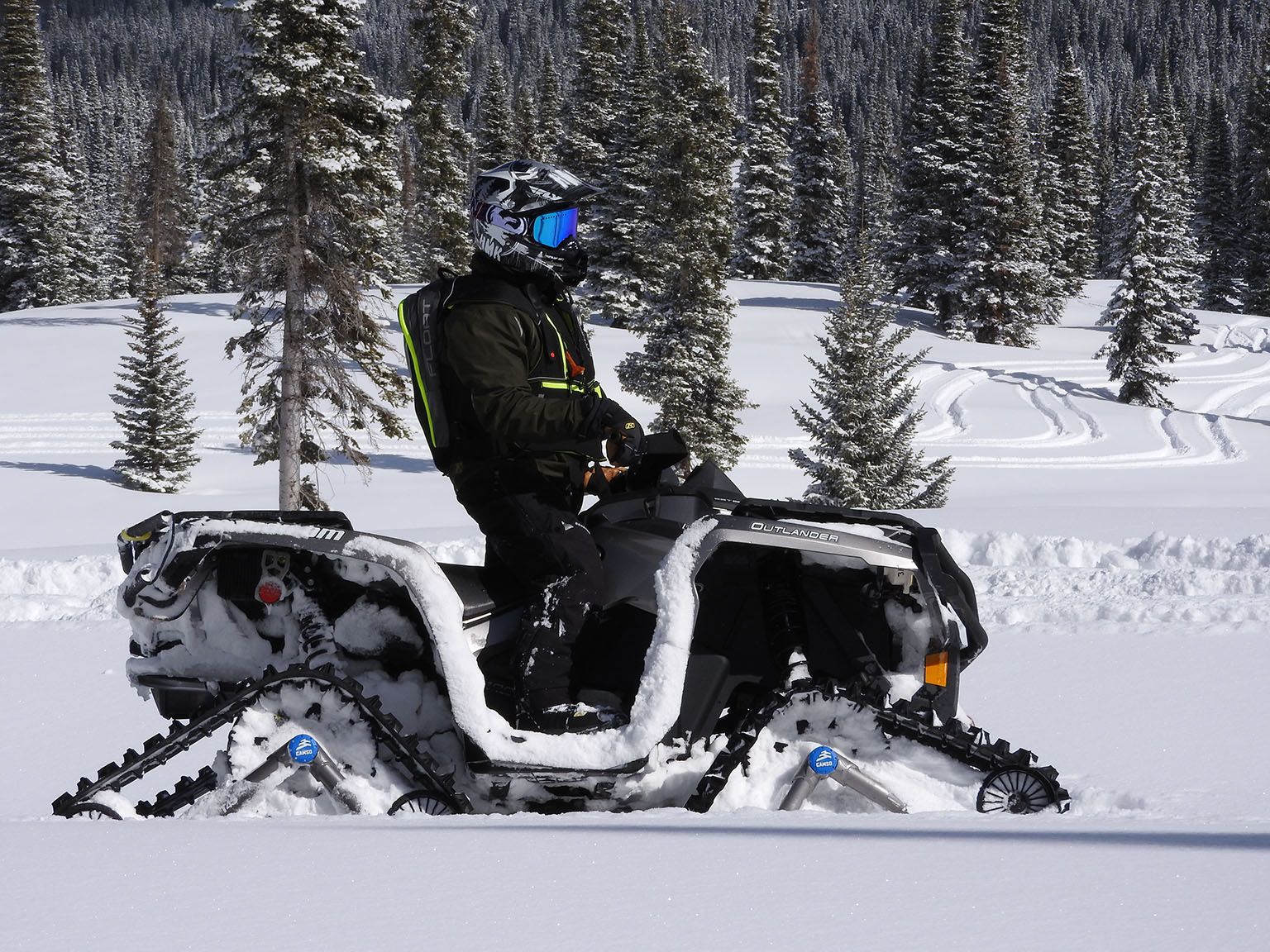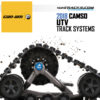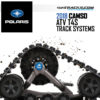The answer is yes, but there’s a very good reason for it. Vehicles lose about one third of their speed when equipped with track systems. That means you’ll only be able to reach two thirds of the vehicle’s max speed.
Why? To ensure you get maximum power in tough conditions like snow, mud or when hauling a trailer or plowing the road up to the cottage, the vehicle needs to be adapted with smaller sprockets than the ones used with wheels to retain horsepower for more torque. Added to that, track systems are heavier than tires and require more engine power to turn.
For a vehicle that would only be driving on hard surfaces, it could make sense to use bigger sprockets without losing much torque, but at the end of the day, if you’re considering purchasing a track system for your ATV or UTV, it’s not to use it on the road, is it? You already have tires for that. It’s to take it off the beaten path, without compromising HP and limiting possible mechanical failures.
In the end, a track system gives you a happy compromise. You lose one third of the speed you’d have on tires, but you keep the torque and gain flotation. Not a bad bargain, is it?
Alternatively, look at it this way: if you’re running in deep snow versus running on a clean racetrack, you won’t require the same amount of power to move forward, will you?
